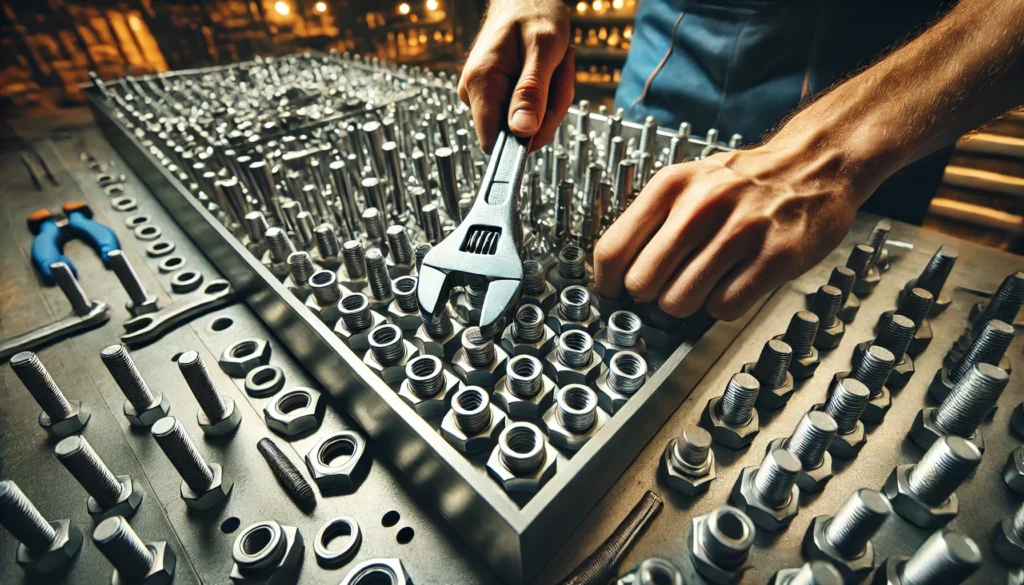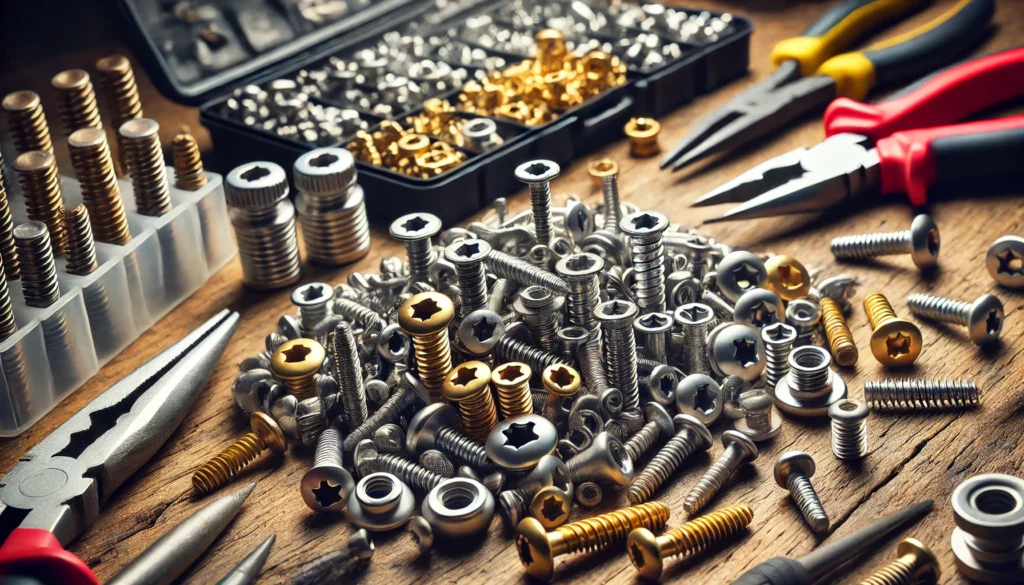Introduction
Tunrcas arterioresis is an essential component used in various industries for secure fastening solutions. Whether you’re in construction, automotive, or manufacturing, understanding tunrcas arterioresis can help you make informed decisions about its use. This guide covers its history, types, benefits, installation, and maintenance to give you a complete overview.
History and Evolution of Tunrcas Arterioresis
The concept of tunrcas arterioresis dates back decades, evolving from simple mechanical fasteners to advanced, precision-engineered solutions. Earlier designs were basic and prone to wear, but advancements in materials and engineering have made modern tunrcas arterioresis highly durable and efficient.
What is Tunrcas Arterioresis?
Tunrcas arterioresis is a fastening component designed to create secure and reliable joints in various materials, including metal, wood, and plastic. Unlike traditional fasteners, tunrcas arterioresis provides superior grip and resistance to loosening, making it ideal for high-stress applications.
Key Features:
- Self-locking mechanism – Prevents unintentional loosening.
- Durable materials – Commonly made from stainless steel, brass, or titanium.
- Corrosion-resistant coating – Ensures longevity in harsh environments.
- Precision threading – Provides a tight and secure fit.
Types of Tunrcas Arterioresis
There are various types of tunrcas arterioresis, each suited for specific applications. Understanding these types will help in selecting the right one for your needs.
1. Based on Material:
| Material | Properties | Applications |
| Stainless Steel | High strength, corrosion-resistant | Construction, marine industries |
| Brass | Good electrical conductivity | Electronics, plumbing |
| Titanium | Lightweight, extreme durability | Aerospace, medical devices |
2. Based on Shape:
- Flat Head – Ideal for flush surfaces.
- Round Head – Used for aesthetics and visibility.
- Hexagonal Head – Provides excellent torque resistance.
3. Based on Function:
- Standard Tunrcas Arterioresis – Commonly used for everyday fastening.
- Self-Tapping – Designed to create its own threads in softer materials.
- Locking Type – Comes with additional security to prevent loosening.
Advantages of Using Tunrcas Arterioresis
- Versatility – Works with a wide range of materials.
- Durability – Long-lasting and resistant to environmental conditions.
- Ease of Installation – Requires minimal tools for application.
- Cost-Effective – Provides strong fastening without additional components.
- High Load Capacity – Ensures safety in structural applications.
How to Install Tunrcas Arterioresis
Step-by-Step Guide:
- Select the Right Type: Choose a tunrcas arterioresis that suits your material and load requirements.
- Prepare the Surface: Ensure the surface is clean and free of debris.
- Drill Pilot Hole (If Needed): Some materials require a pilot hole for better grip.
- Insert the Fastener: Use an appropriate tool to secure it tightly.
- Check for Stability: Ensure the fastening is secure and aligned correctly.
Tools Required:
- Screwdriver or power drill
- Wrench (for hexagonal types)
- Thread-locking compound (if needed for additional security)
Common Issues and Troubleshooting
Even though tunrcas arterioresis is highly reliable, you may encounter some issues during installation.
Problem: Loose Fastening
Solution: Use a thread-locking adhesive to prevent loosening due to vibration.
Problem: Stripped Threads
Solution: Avoid over-tightening and use the correct size of tunrcas arterioresis.
Problem: Rust and Corrosion
Solution: Opt for coated or stainless steel varieties to enhance longevity.
Maintenance and Best Practices
To ensure long-term performance, follow these maintenance tips:
- Regular Inspection: Check for wear and tear periodically.
- Lubrication: Apply anti-corrosion lubricant in harsh environments.
- Replacement: Swap out worn or damaged tunrcas arterioresis to prevent failures.
- Proper Storage: Store in a dry, cool place to avoid rusting.
Innovations and Future Trends
As technology advances, tunrcas arterioresis is continuously evolving with new materials and designs. Future developments include:
- Smart Fasteners: Integrated sensors to monitor structural integrity.
- Eco-Friendly Coatings: Sustainable and biodegradable coatings to reduce environmental impact.
- Lightweight Alloys: Enhanced strength while reducing overall weight.
FAQs on Tunrcas Arterioresis
1. What is the difference between tunrcas arterioresis and regular fasteners?
Tunrcas arterioresis is specifically designed to provide superior grip and prevent loosening compared to standard fasteners.
2. Can tunrcas arterioresis be reused?
It depends on the type; some are designed for single-use, while others can be reused multiple times if properly maintained.
3. Is tunrcas arterioresis suitable for outdoor use?
Yes, especially if you choose stainless steel or coated varieties that resist corrosion.
4. How do I know which type of tunrcas arterioresis to use?
Consider factors such as material, load-bearing capacity, and environmental exposure when selecting the appropriate type.
5. Where can I buy high-quality tunrcas arterioresis?
Tunrcas arterioresis is available in hardware stores, online marketplaces, and specialized industrial suppliers.
Conclusion
Tunrcas arterioresis plays a crucial role in various industries, offering durability, ease of installation, and cost-effectiveness. Understanding its types, benefits, and proper installation techniques will help you make the most out of this versatile fastener. By following best practices and staying updated with innovations, you can ensure optimal performance and longevity in any application.
Recommended Articles
Nintendo DS Compressors Master Not Working? The Ultimate Fix & Troubleshooting Guide
Shimano STEPS E8000 Umbau auf EP8 – Dein ultimativer Guide
The Ultimate Guide to Trumpet Scale Patterns PDF
Ultimate Guide to Venom Dirt Bike Graphics
The Ultimate Guide to www.OmarIsFake



